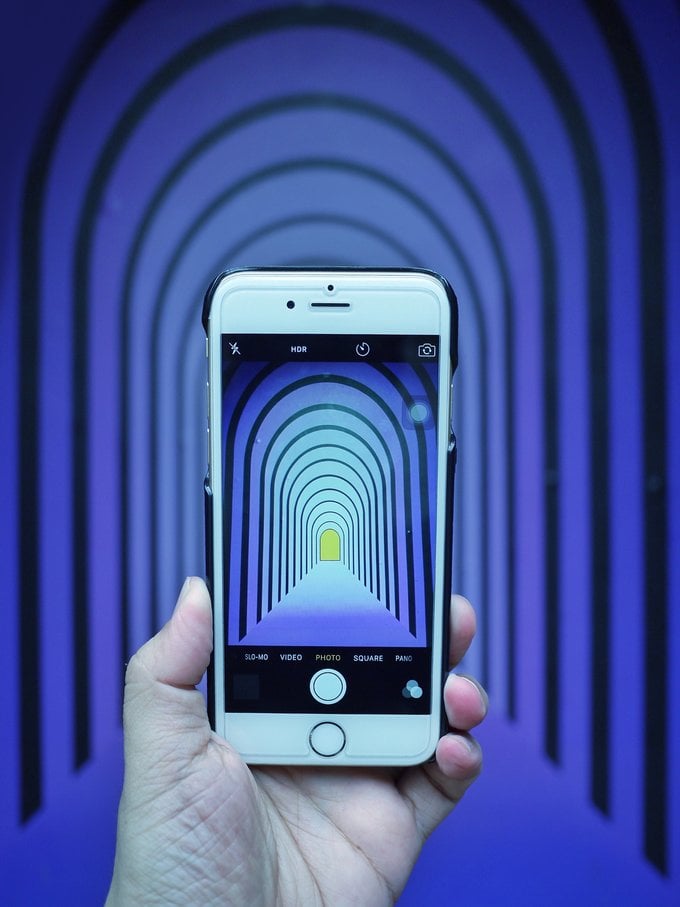Internet of Things (IoT) seems to be in the limelight regarding the newest trends in mobile technology for some time. Interaction between our devices and the surroundings appears to be inevitable in the modern world. The most common term which can be heard when talking about IoT is „beacon”. There are many rumours about those small devices- their usability and capabilities. How do they actually work and for what purposes can we use them? What has changed about their technology for the last few months?
Table of Contents:
1. Beacons - all the needed information.
2. Google's Proximity Beacon API.
Beacons - all the needed information
Beacons are small hardware transmitters that broadcast small packages of data using Bluetooth Low Energy technology. Those packages include mainly a unique beacon ID. This allows devices with specific apps installed to localization-based behavior. To receive their signal, we only have to enable Bluetooth connection in our device. Contrary to what people believe, beacons don't gather or process any data- they only broadcast. At first glance, this doesn't seem to be a breakthrough since sent packages are really small and until recently you had to have a beacon-compatible app installed on your device to make use of it.
Google's Proximity Beacon API
However, with use of Google's Proximity Beacon API you can bind beacons with another custom data (attachments) like URL or JSON, and what's more, with Nearby Notifications, introduced at Google I/O 2016 you don't need to have any special app installed to recognize their signal! Whole scanning is done in the background by Google Play Services. When your device recognizes a nearby beacon it will show a popup with a URL and a short message or start an appropriate application if it is already installed. This seems to be particularly interesting in terms of one of the newest Google projects- Instant apps. You will be pinged with information about the app and be able to start using it immediately without installation. This can be used for example in museums to ping visitors about a guide app.
Nearby Notifications
Along with Nearby Notifications comes term „Physical Web”. It refers to everyday objects with corresponding beacons that broadcast specific custom URLs and provides a new level of user localization-based experience. Examples could be movie posters with URL to a movie trailer and a list of nearby cinemas playing it, or dog collars with URL to information about the dog (when it gets missing, you can update information, so anyone who discovers this beacon can learn that the dog is lost). More examples can be found on this website.
Nearby Notifications requires Bluetooth and Location to be turned on and are available for devices with Android 4.4+. Moreover, with Android 5.0+ you can even turn your own smartphone into a beacon and start broadcasting data.
Beacons were said to revolutionize retail in the nearest future, enabling the entrepreneurs to serve location-based adds or other personalized content to their users. Up till now this didn't come true, but with Nearby Notifications the future seems to be a bit closer.






